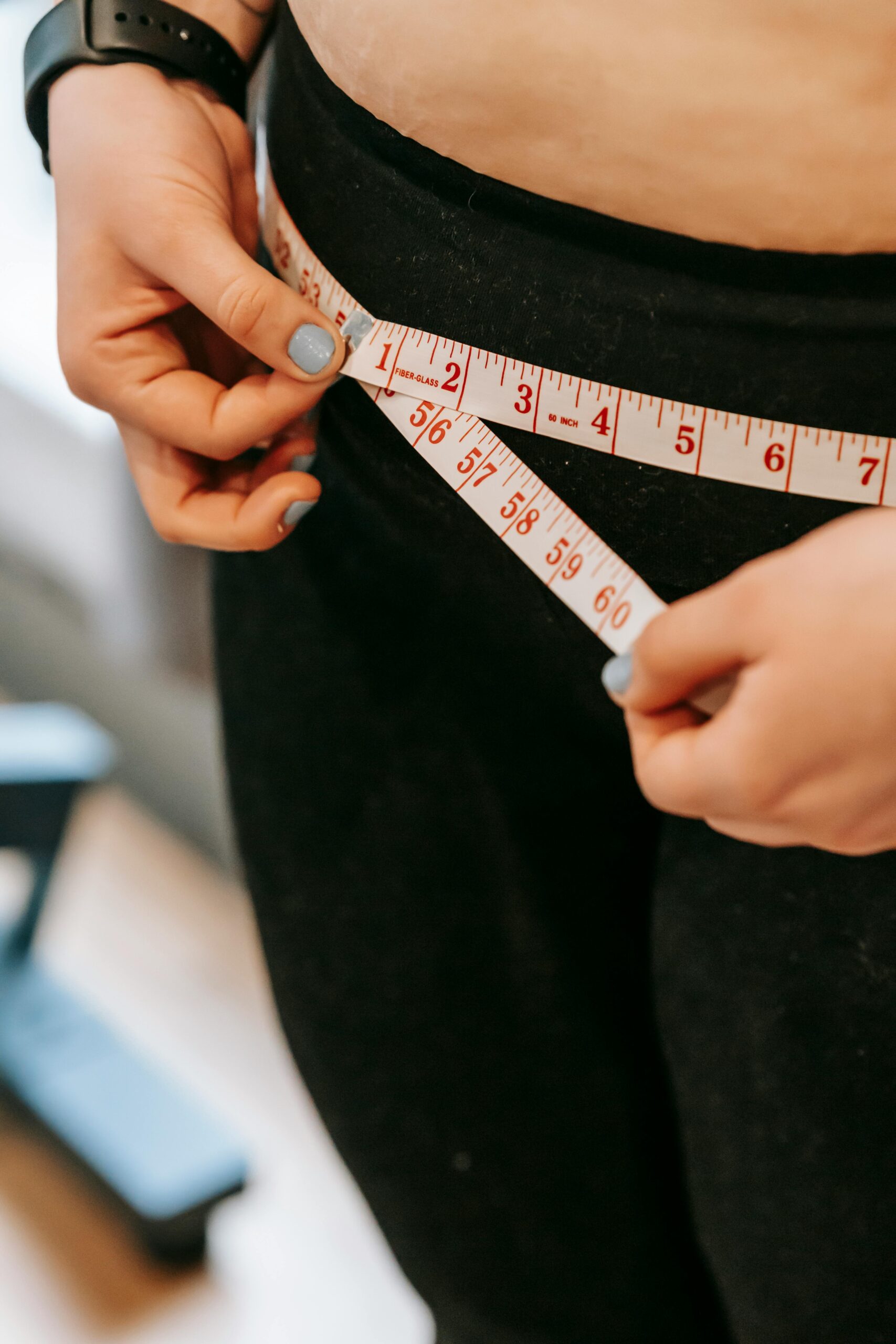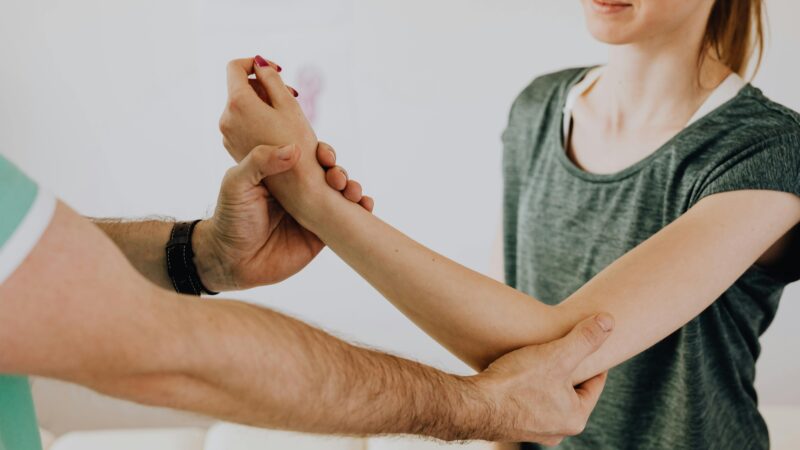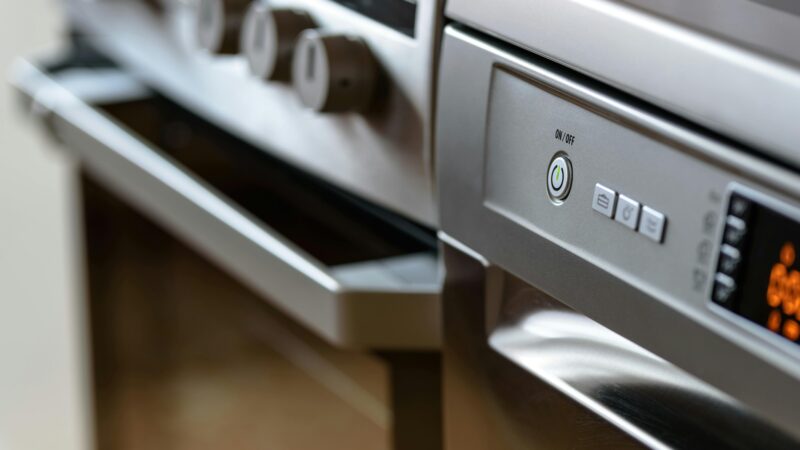The Weight Loss Blueprint: A Guide to Planning Your Journey

Losing weight is often seen as a spontaneous act of willpower—a decision made on a Monday morning that is hoped to last for weeks. However, lasting success isn’t built on spur-of-the-moment enthusiasm, but on a well-thought-out plan. By approaching your weight loss journey like a project, you can move from wishing to achieving, with a clear blueprint for every step.
This article provides a three-phase guide to planning your weight loss journey, helping you build a sustainable path to a healthier you.
Phase 1: The Blueprint—Define Your ”Why” and ”What”
Before you change a single habit, start with the most important work: introspection. Get clear on your motivation and your end goal.
- Find Your ”Why”: Your ”why” is the engine that will drive you on the tough days. It’s more than just a number on the scale. Is it to have more energy to play with your kids? To improve your health and reduce your risk of chronic disease? Just to lose weight? Or to simply feel more confident? Write down your personal reasons and keep them in a visible place.
- Set Realistic Goals: Use the SMART framework to set a clear, achievable goal. SMART stands for Specific, Measurable, Achievable, Relevant, and Time-bound. Instead of saying ”I want to lose weight,” make it a SMART goal like, ”I will lose 10 pounds in 3 months by walking 30 minutes a day and reducing my calorie intake by 500 calories.”
Phase 2: The Action Plan—Create a Strategy
Once your blueprint is complete, it’s time to build the tactical plan. This is where you decide on the ”how-to.”
- The Nutrition Strategy: Instead of adopting a restrictive diet, create a sustainable eating plan. Focus on nutrient-dense, whole foods—vegetables, fruits, lean proteins, and whole grains. Plan your meals ahead of time, especially for busy weekdays. Consider a meal-prep session on weekends to set yourself up for success.
- The Movement Strategy: Design a physical activity routine that fits your life. This doesn’t have to mean a gym membership. It can be a brisk daily walk, cycling, swimming, or bodyweight exercises at home. The goal is consistency over intensity.
Phase 3: The Toolkit—Gather Your Resources
No project is successful without the right tools. Arm yourself with resources that will help you stay on track and overcome obstacles.
- Tracking Your Progress: A simple journal or a free app can be your most powerful tool. Track your food intake, exercise, and even your mood. This gives you valuable data to see what’s working and what’s not, and to make adjustments as needed.
- Professional Guidance: Consider working with a registered dietitian or a certified personal trainer. They can provide a personalized plan tailored to your body’s needs and help you navigate challenges. For those with significant weight to lose or underlying health conditions, a doctor is the most important part of your team, and they can help determine if medication is right for you.
A well-designed plan is the key to sustainably lose weight. It turns an abstract goal into a series of actionable steps, removing the reliance on willpower alone.





